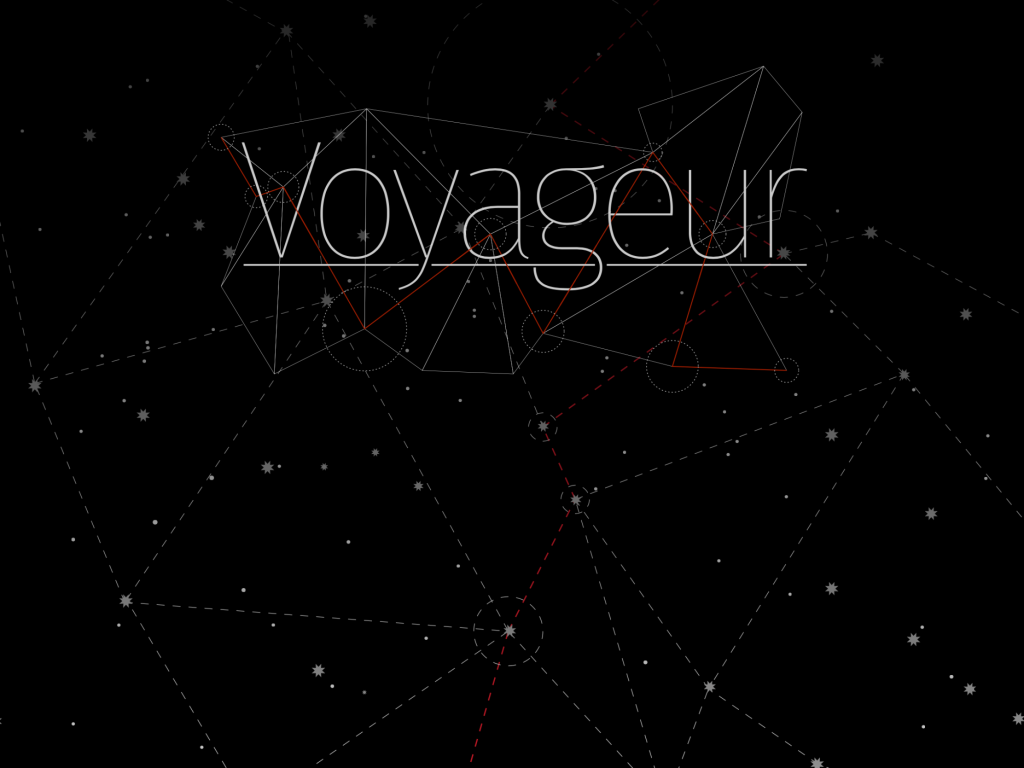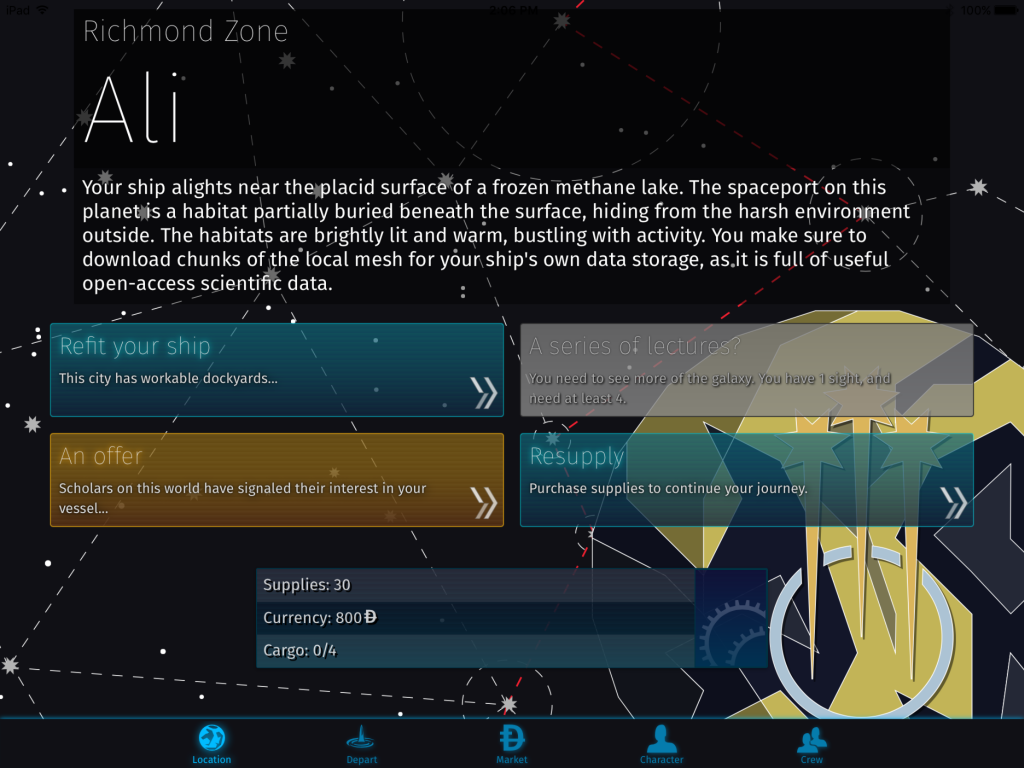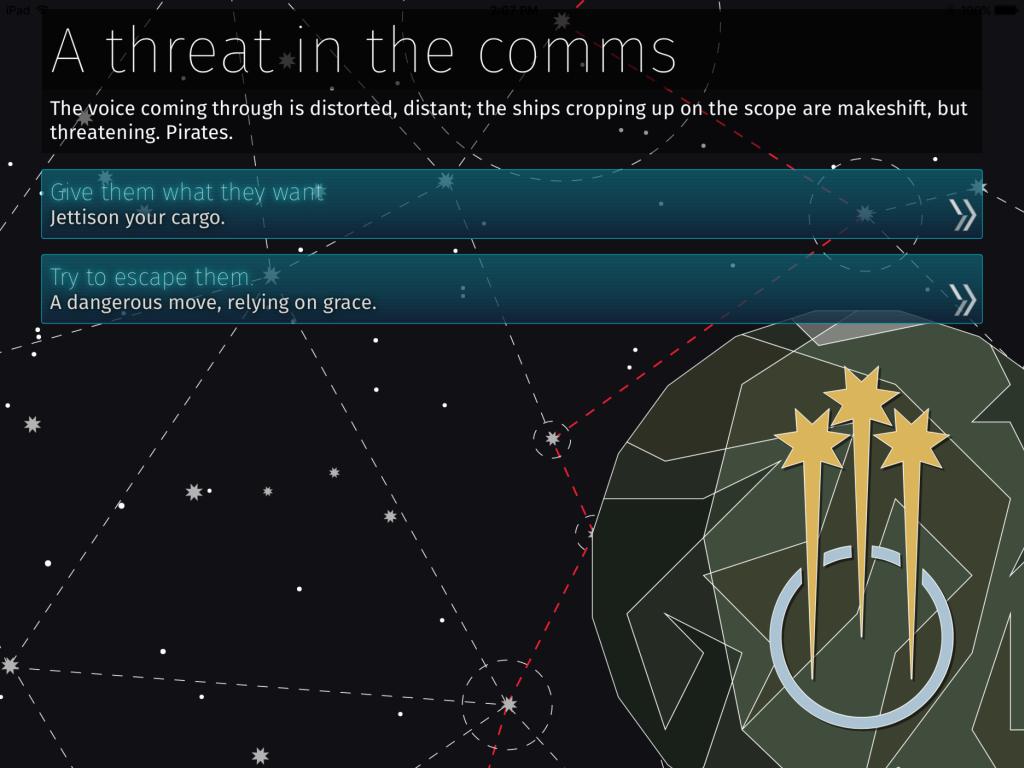Mobile Gaming
Typically, I stay away from mobile games. It’s hard enough to get people to pay 99¢ for a game on mobile, so either development costs have to be irrationally low or the developers have to monetize the app through micro-transactions and/or ads. The control scheme is necessarily limited, since your only easy input is touch – which means all controls need to be accessible all the time. Worse, the average time in a mobile game play session is measured in minutes (if not seconds) rather than hours, so complex mechanics also get thrown out. The cherry on top of this particular sundae is the remarkably terrible interface associated with the iOS app store which makes it nearly impossible to find good games. These factors have lead to what I consider to be an extremely hostile environment: a responsible developer won’t be able to recover their development costs (unless they get very lucky or also have a port on PC/Mac/Playbox DS 3½), and an irresponsible one will often lead consumers to spend tens, hundreds, and even thousands of dollars on their “free” app.
Voyageur
A good mobile game, under these constraints, will typically have pausable or turn-based gameplay and conditional controls or menus. Admitting that there are “good mobile games” does mean that there are some gems among the veritable avalanche of unspeakable vileness; FTL, Mini Metro, and Brogue come to mind. And recently, I came across a game called Voyageur – which had little to do with French-Canadian fur trading. I suppose that could be a good thing or a bad thing depending on what you were expecting.
Voyageur is a exploration/trading game, but it was partially funded by Failbetter Games (makers of Sunless Sea) which hints at its true raison d’être: a narrative exploration of a strange and mysterious galaxy. The premise – which I absolutely love – is the installation of a Descent drive into your starship. There’s no turning back since there are no drives that can take you as far or as quickly as the Descent drive. It’s just you and your crew falling toward the supermassive black hole at the center of the galaxy.
Voyageur does well as a narrative adventure. There is plenty of content (and though more is always better, quality is best), and there are at least five endings I stumbled across. The only one I was particularly interested in was solving the mystery of the Descent drive, which took a bit longer to find. I found all these on my first playthrough, after having chosen the starting path that was supposed to have made my life more difficult. I played long enough to think that I probably found a good 80% of the games’ content, though I do intend to start again as one of the endings seemed to promise differences in subsequent playthroughs.
Perhaps surprisingly, my only real complaint isn’t about the games’ length. While I do wish there were more options and upgrades (and that the existing upgrades impacted gameplay more), you can always wish for more. Rather, my complaint is that the resource management is terribly susceptible to the snowball effect. By the time the end-game rolled around, I had 500 supplies stockpiled and about 60,000 credits without even trying. I kept hoarding supplies thinking that I might run into an empty section of space, or a more dangerous one. But I never did.
Cargo and Pirates
I bought cargo for cheap and sold high several jumps later. Soon, I wasn’t even paying attention to my credit count. In early game, the only real threat is spending too much on an upgrade or officer and losing your cargo to pirates – and it would be a mistake to purchase an upgrade that early anyway. Perhaps the biggest contributor to this is a flat bonus applied to all cargo the further you take it away from its origin. Though this is supposed to simulate a taste for “exotic” cargo, it really translates to a guarantee that you never lose money unless the RNG decides that you don’t get away from pirates.
Pirates are probably the least well-implemented aspect of this game. When encountering pirates, you have two options: run or give up. Since giving up requires that you lose your cargo, I don’t actually know if there is anything else to that option. I always chose to run, which led me to three possible outcomes: getting away, taking one damage, or losing my cargo anyway and taking two damage. Damage seems to only limit how far your ship can jump, which isn’t a big deal since you can repair at any planet for 10 supplies or 150 credits. This too isn’t much of a choice since you can get supplies for 5 credits (in batches of 50), so it is always more efficient to spend the supplies.
Chezni has related to me on several occasions the aphorism “If your game presents me two options and one of those options is always better, then the other one isn’t actually an option.” This applies readily here: it’s always better to run, and it’s always better to repair using supplies. It feels like this is just some synthetic difficulty to counteract the inflationary economy. Even to this end, it only works in early game; by the time you have an officer and increase your Grace stat, pirates are merely a blip on the radar every few jumps.
If I were judging this as simply an iOS game, I would put it into Tier One. It was worth the $4, and I certainly don’t regret my time spent playing it. However, I don’t think it would be fair to judge this based on how terrible everything else in its category is. It has potential and it could be a good marker of where mobile games could be going, but it has too many mechanical loopholes for me to say that it is Tier One material. Tier Two.


